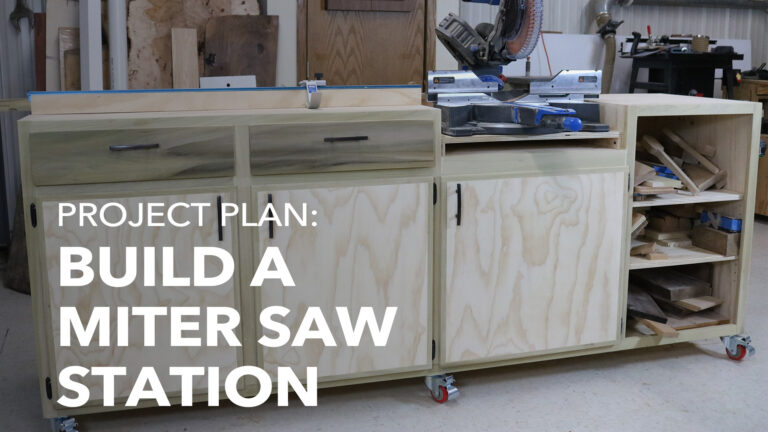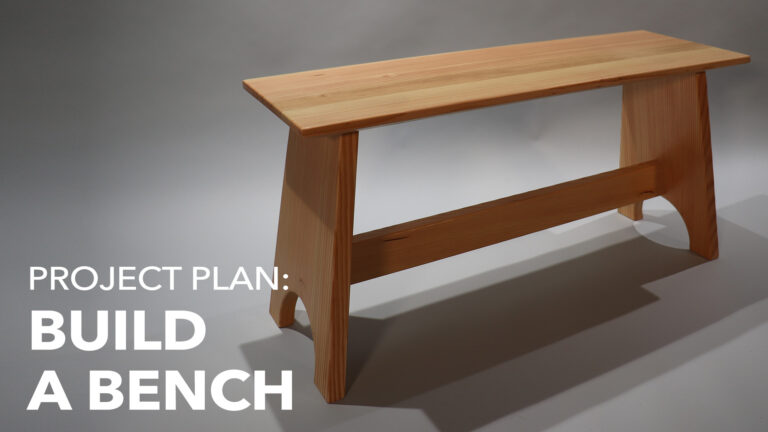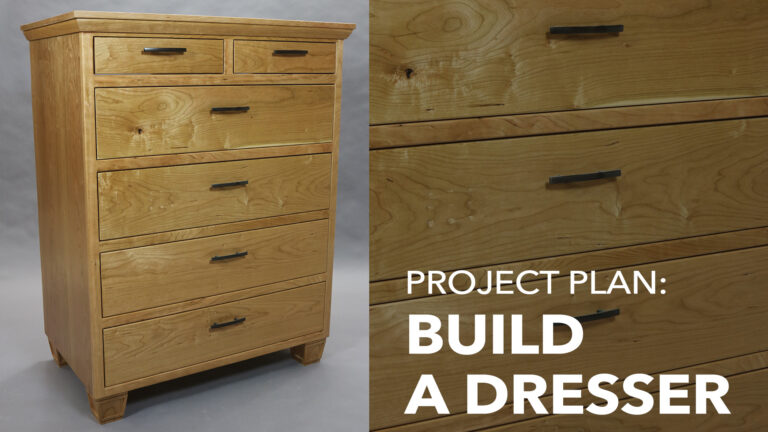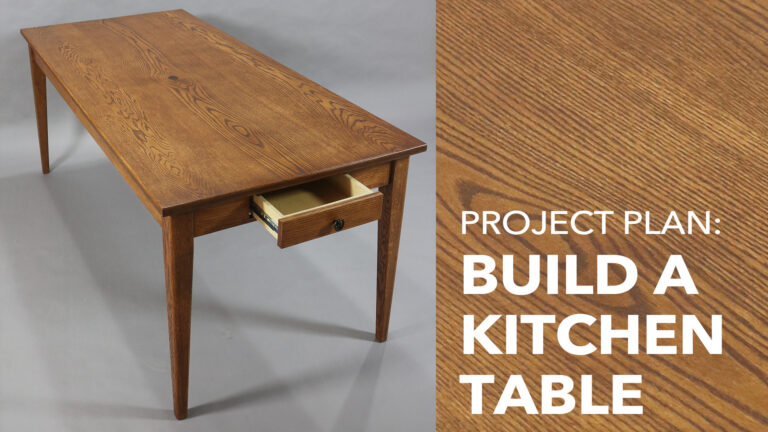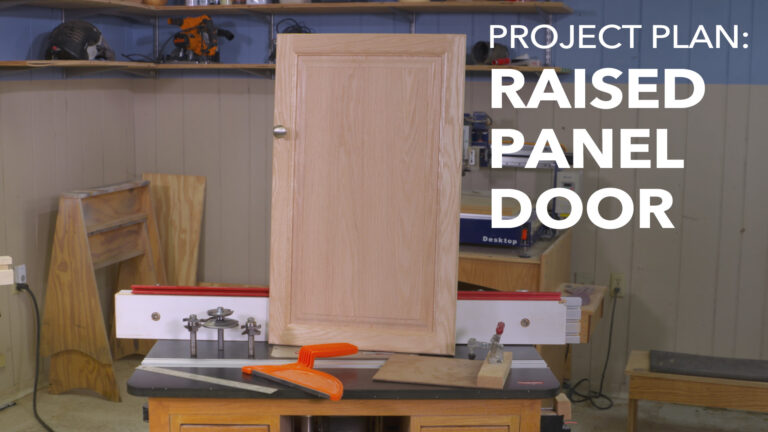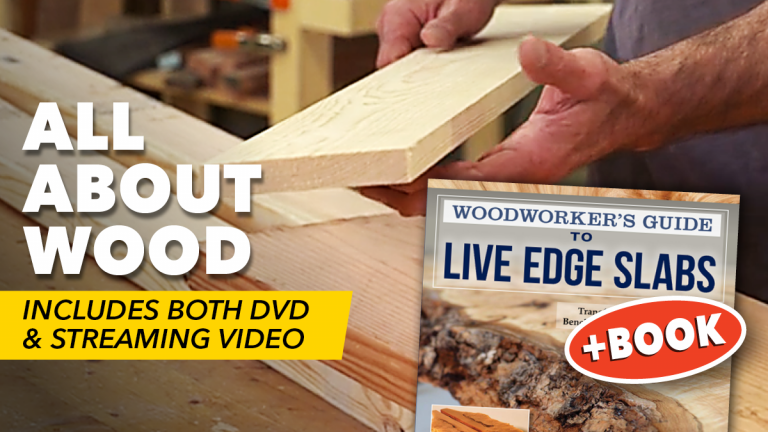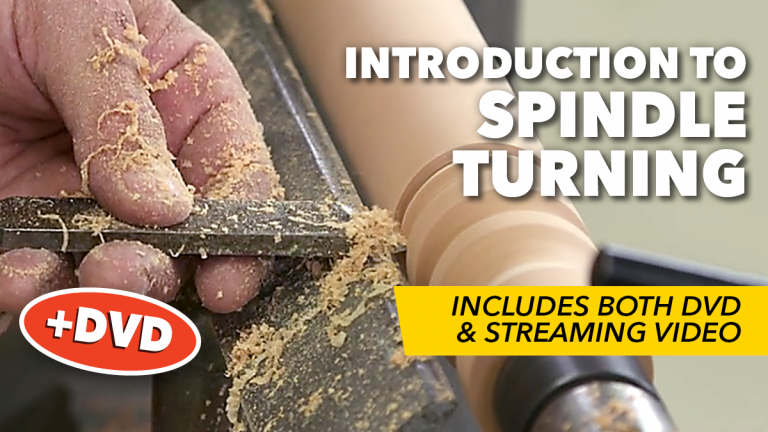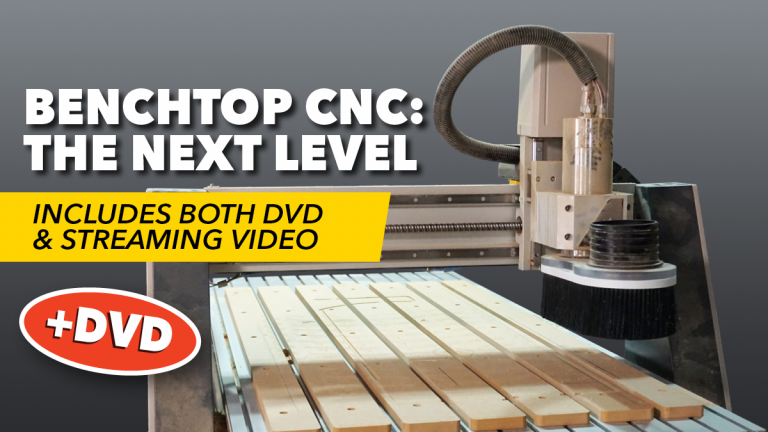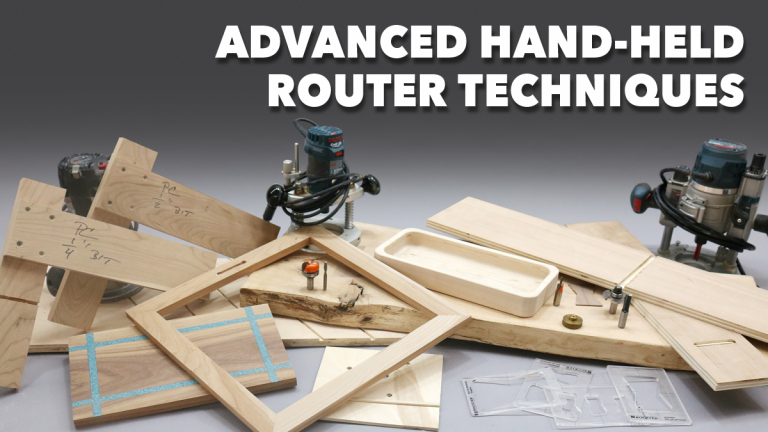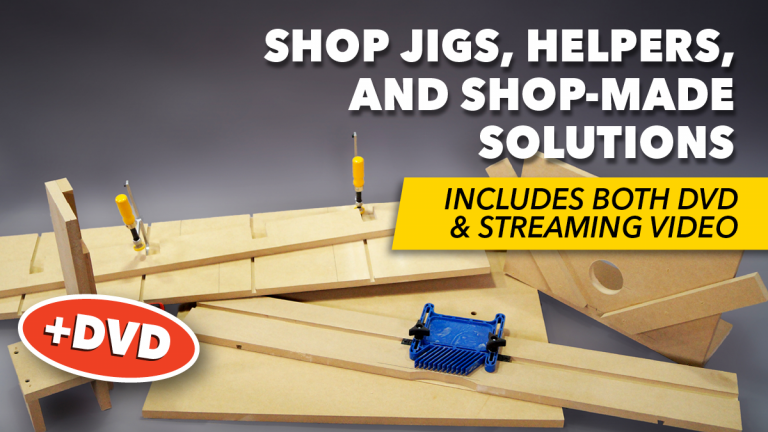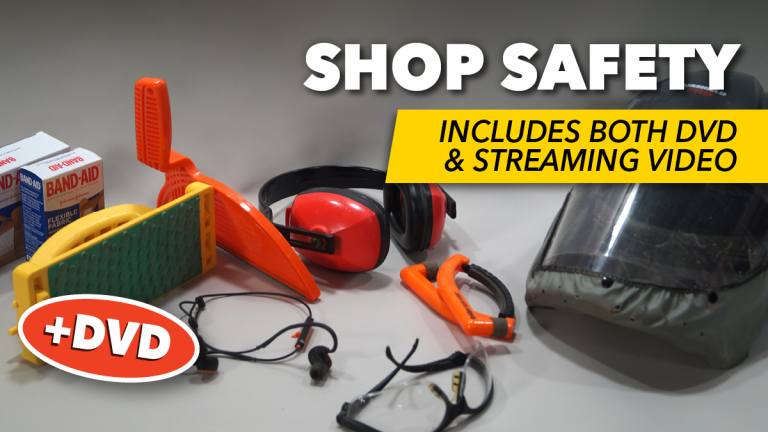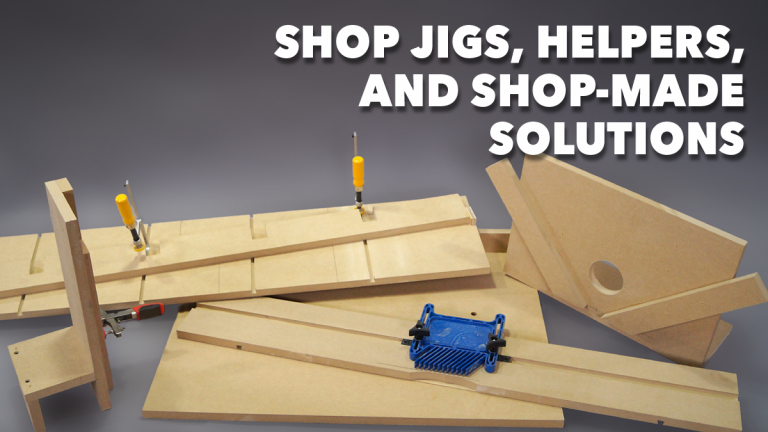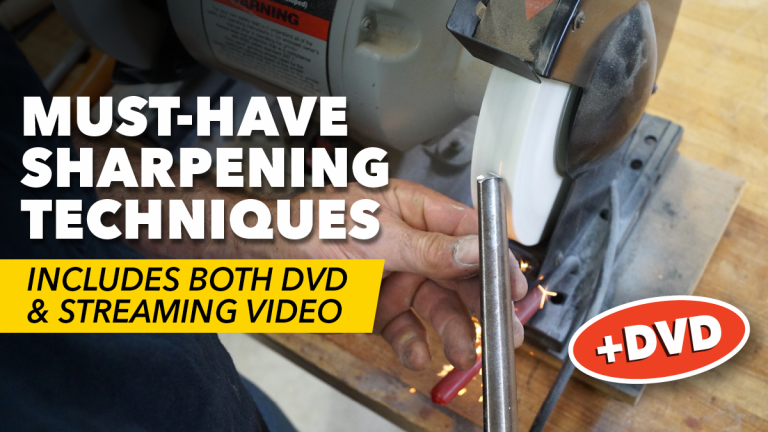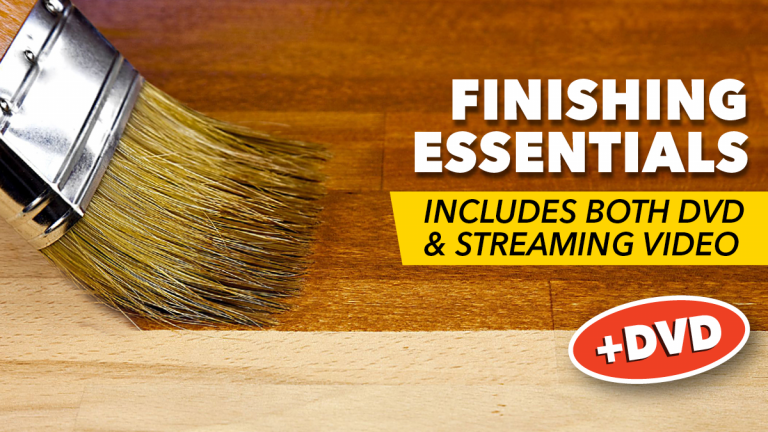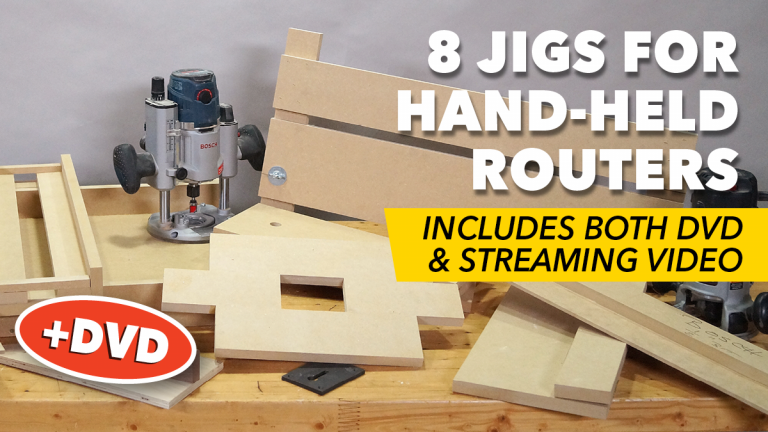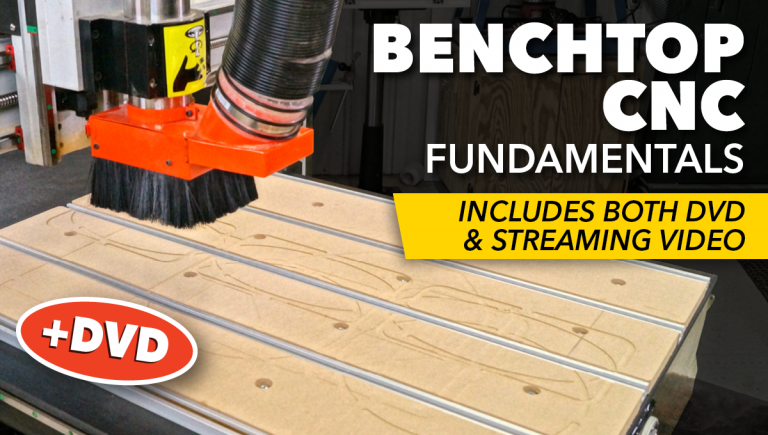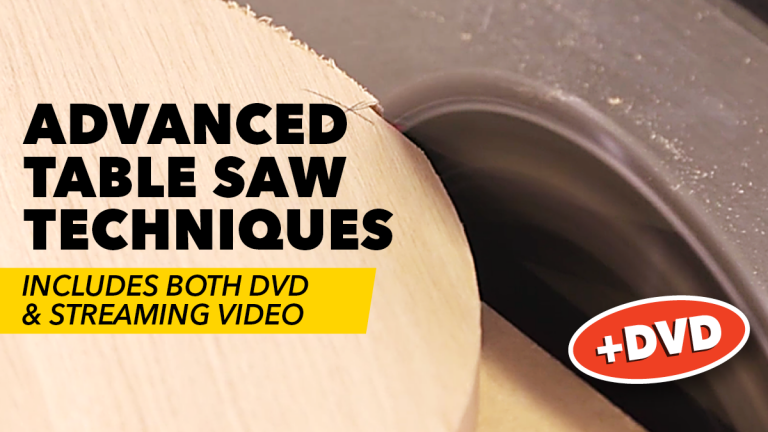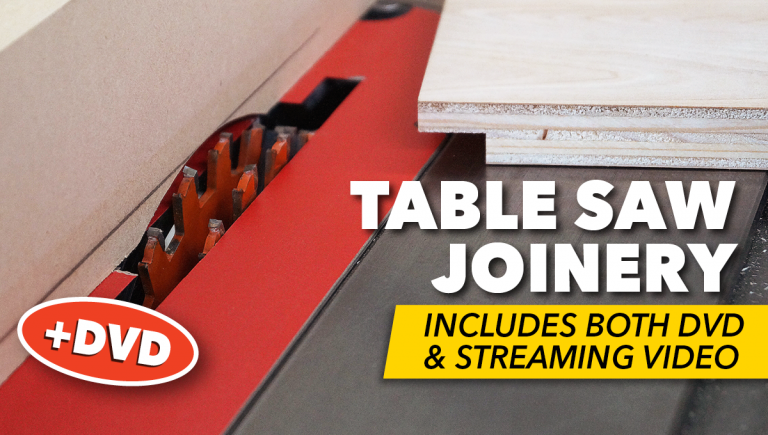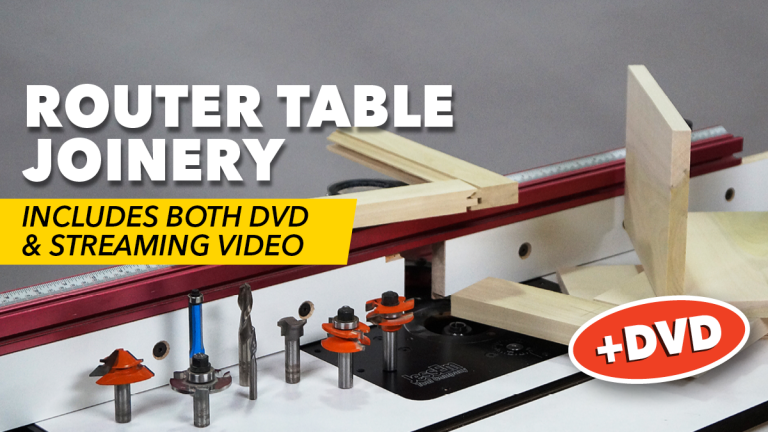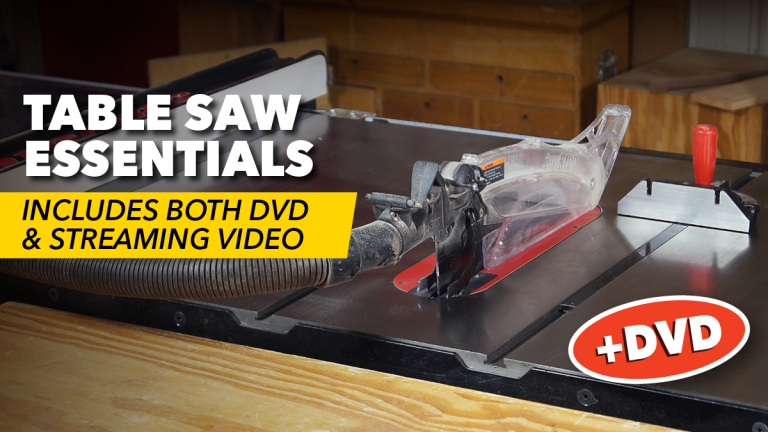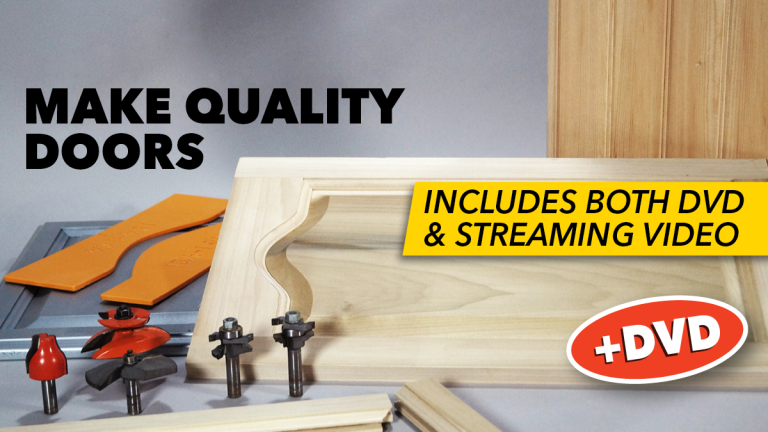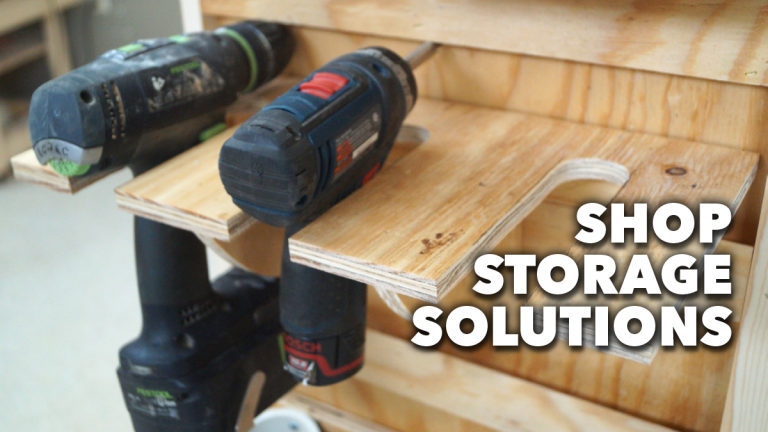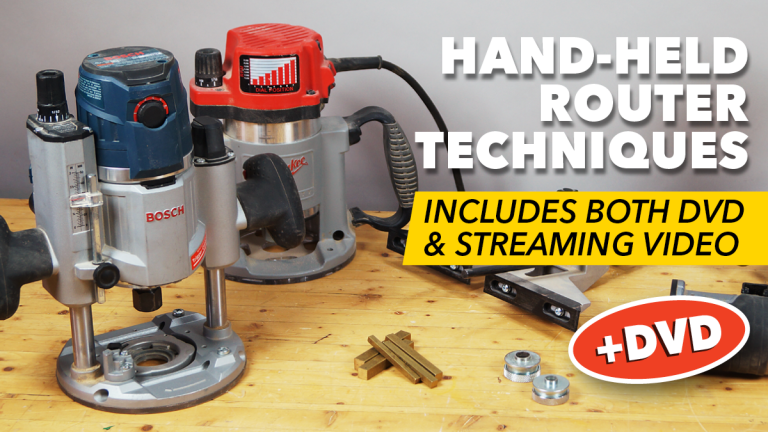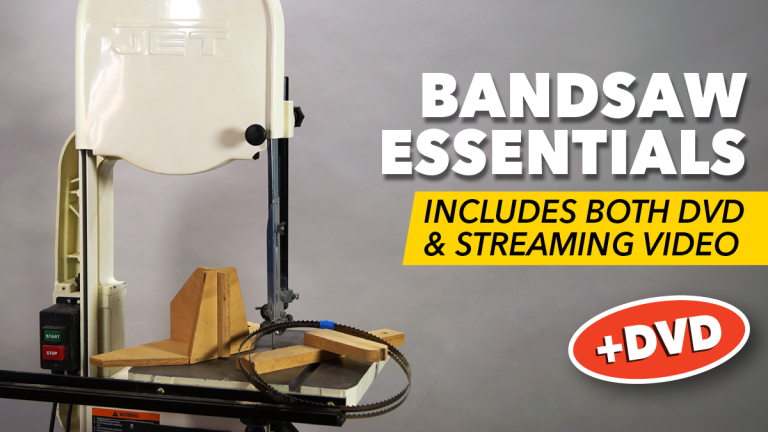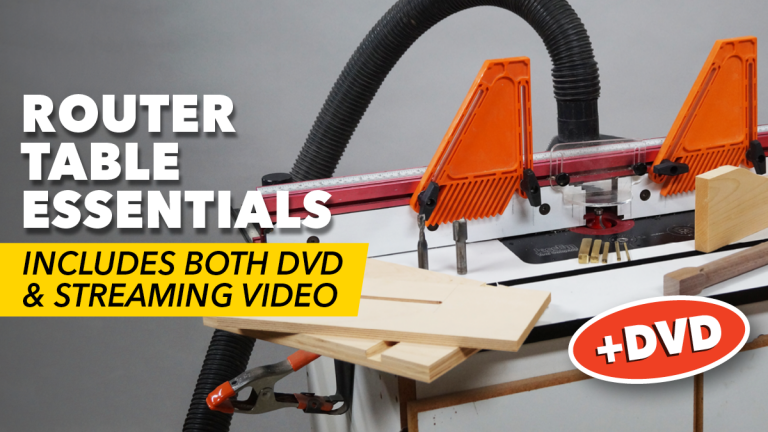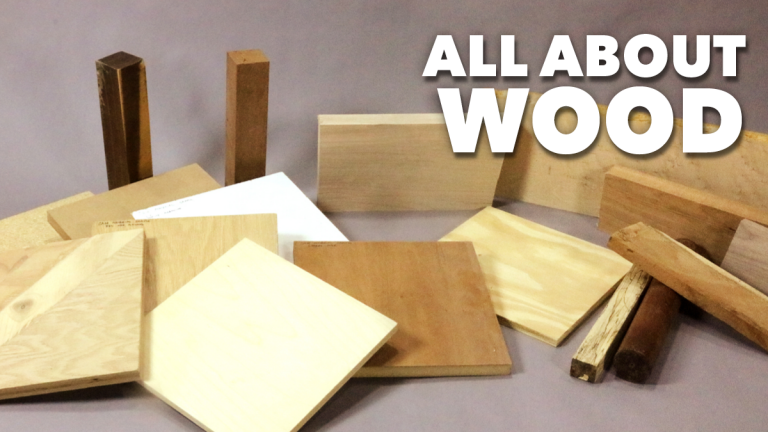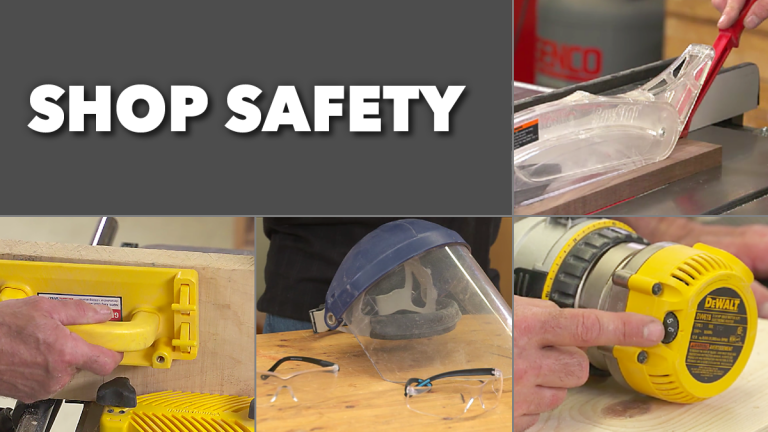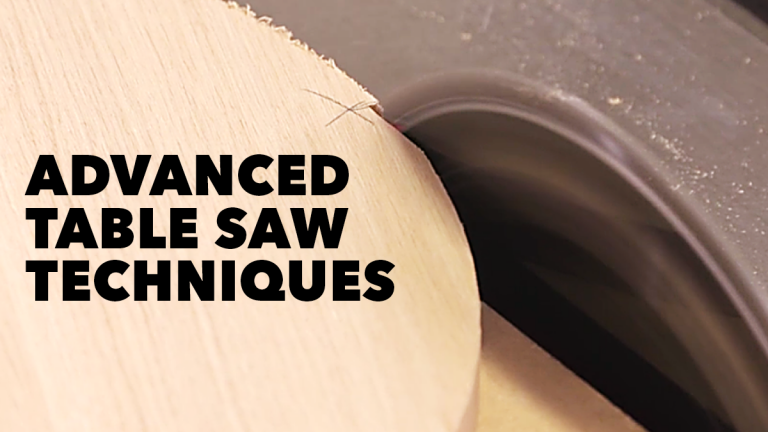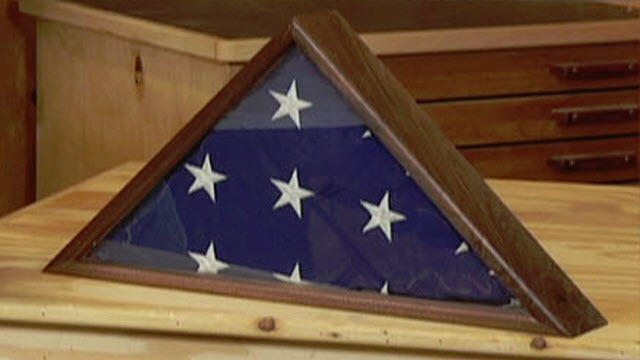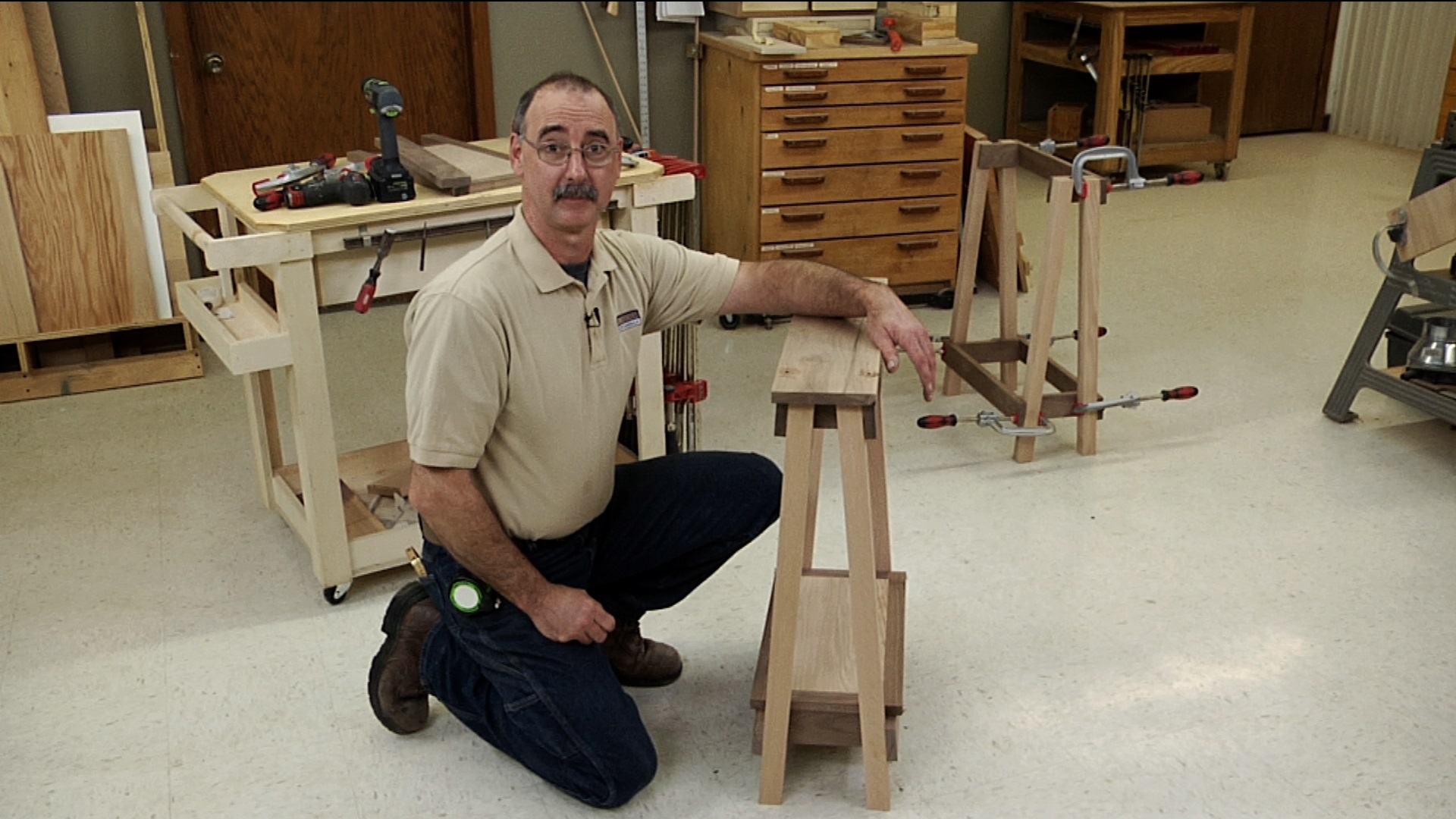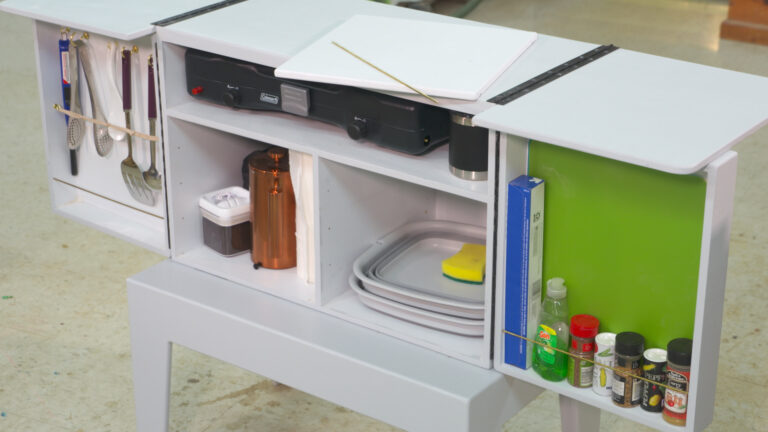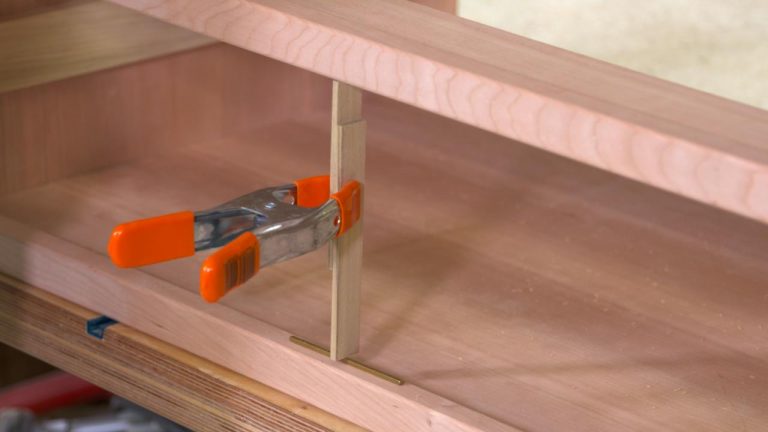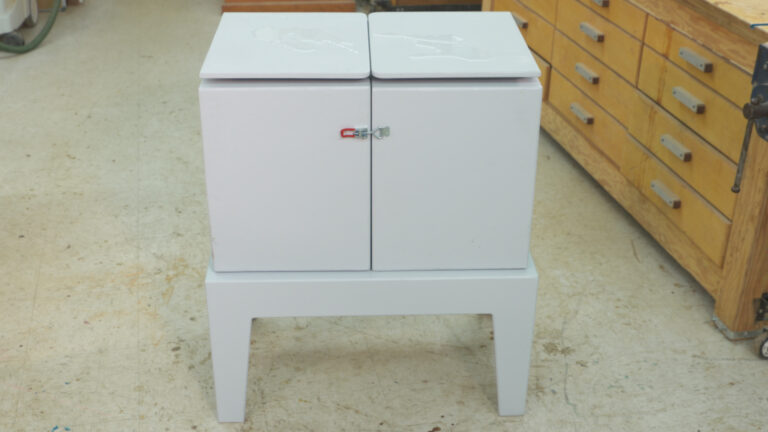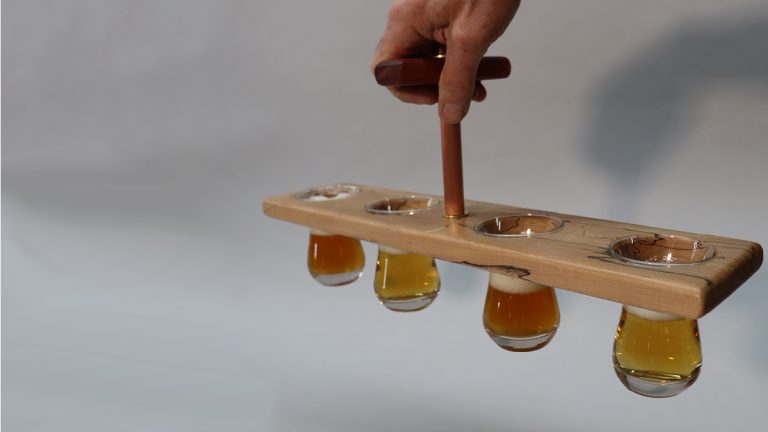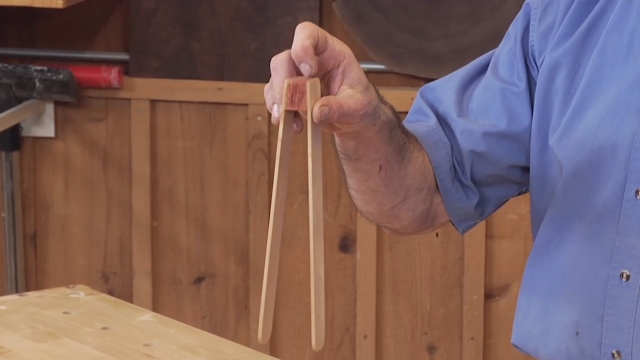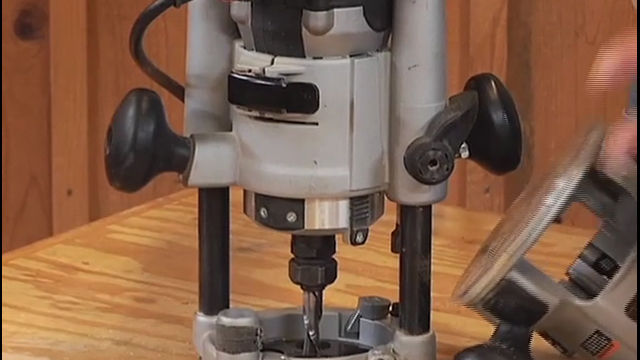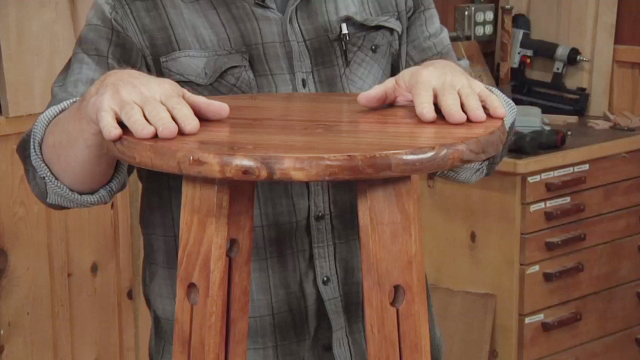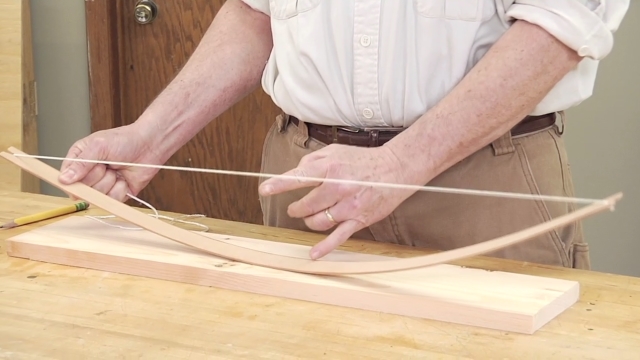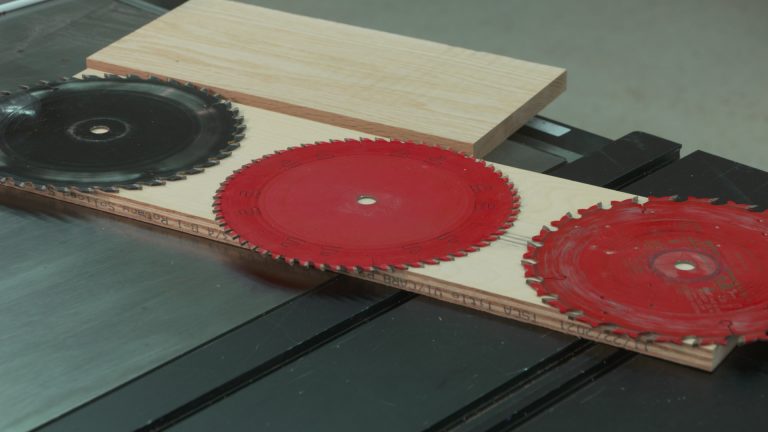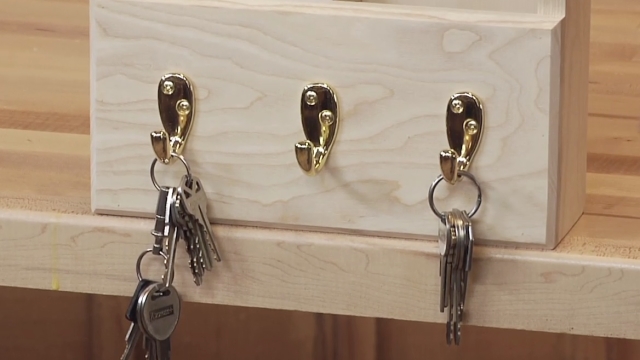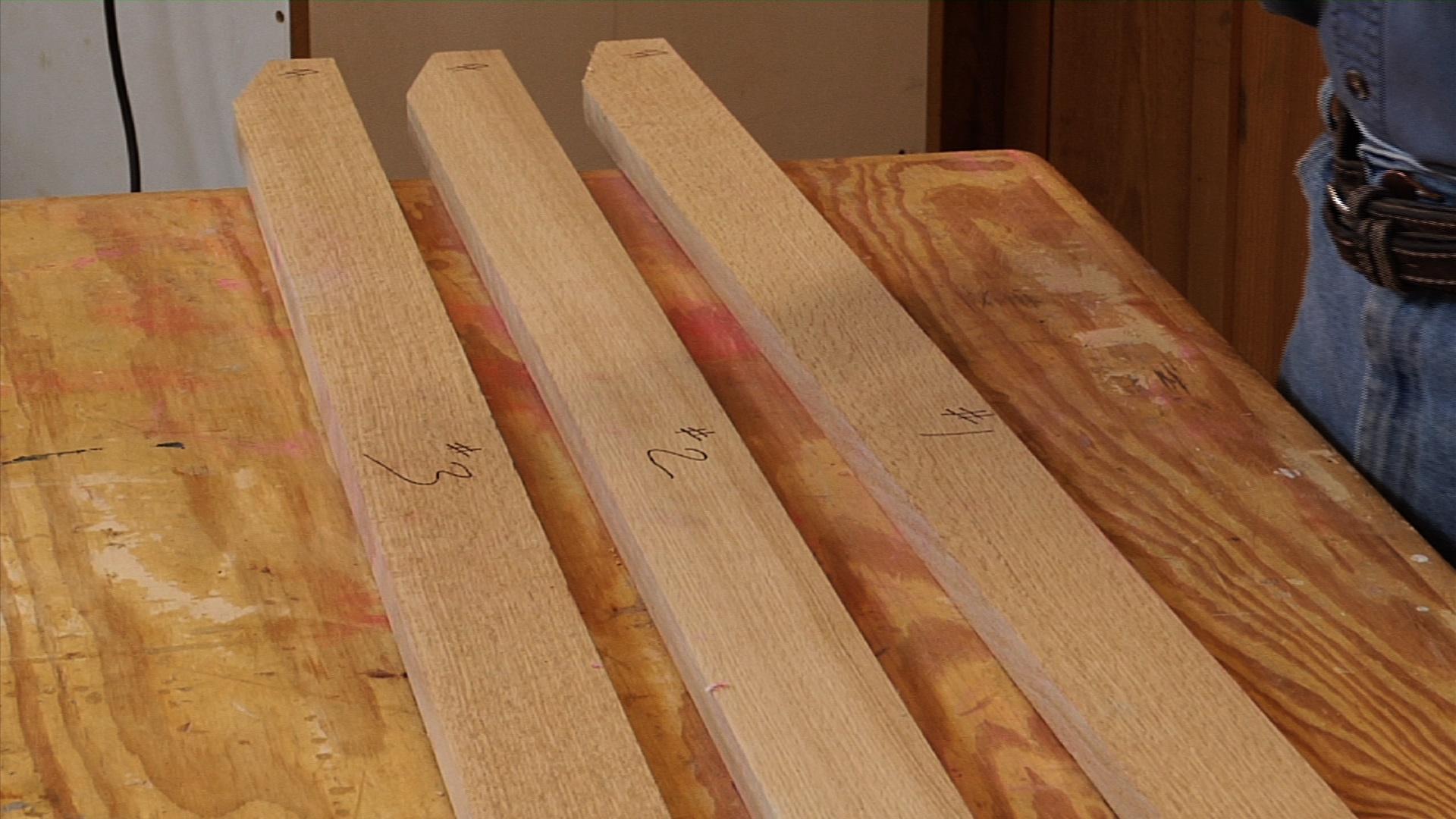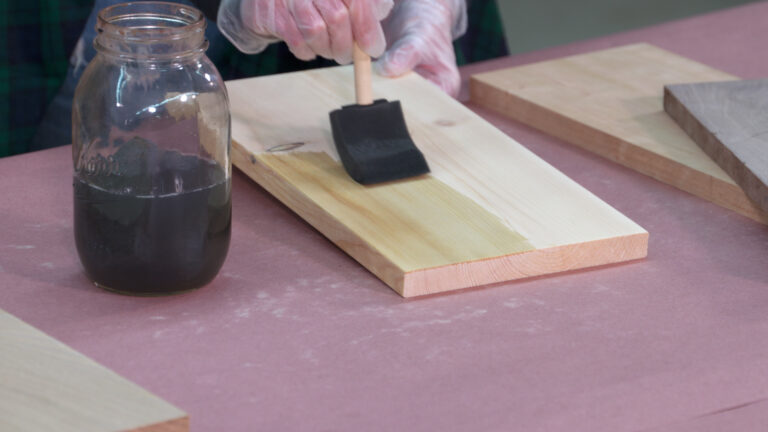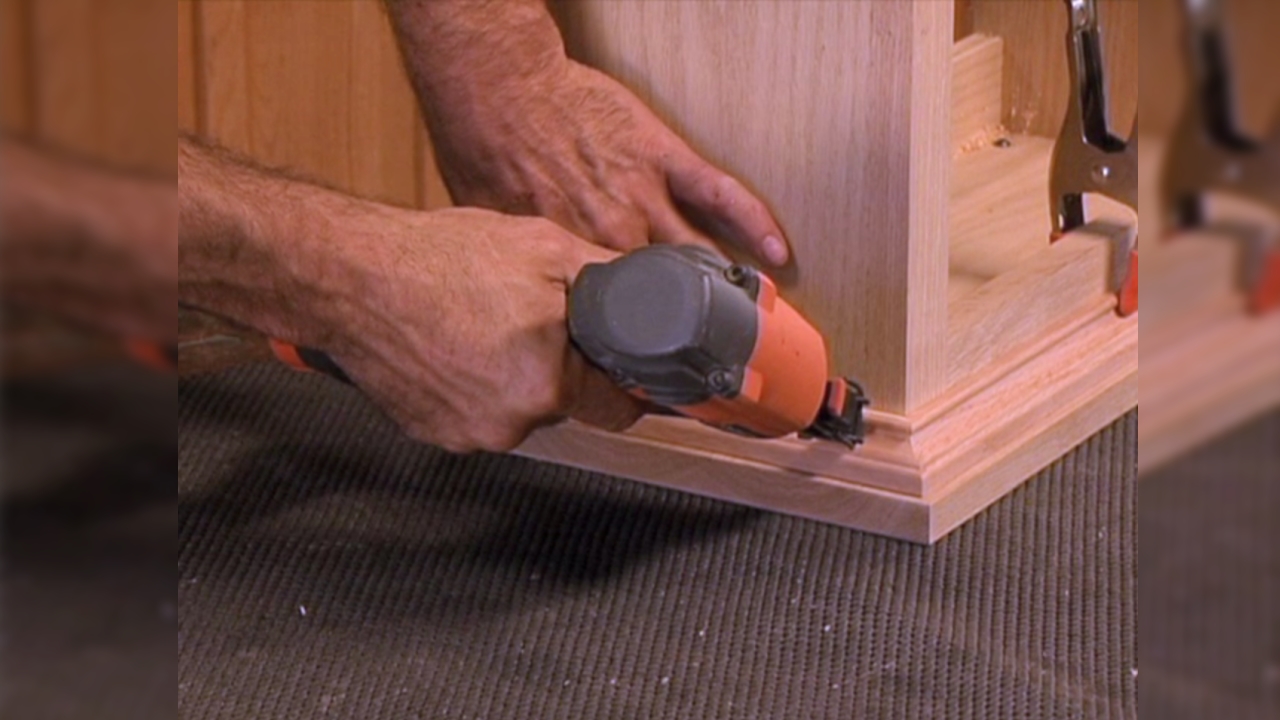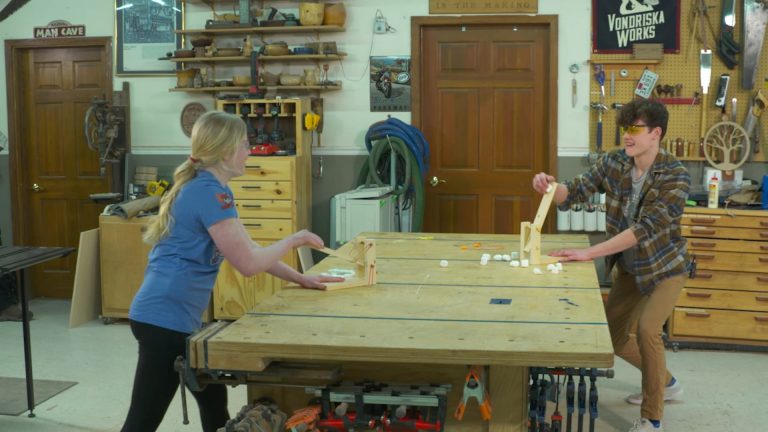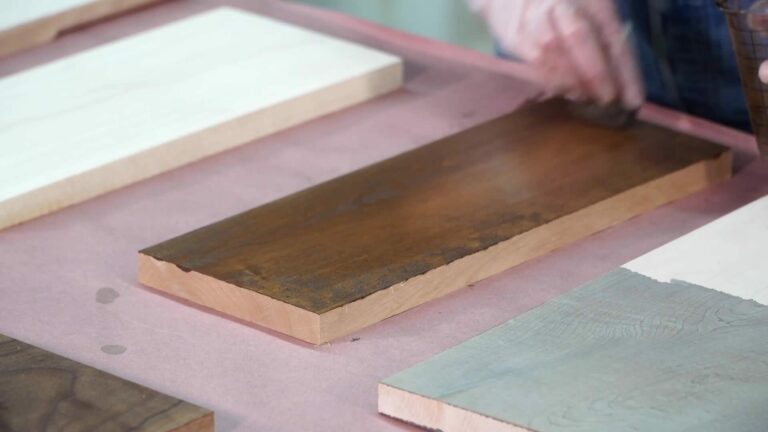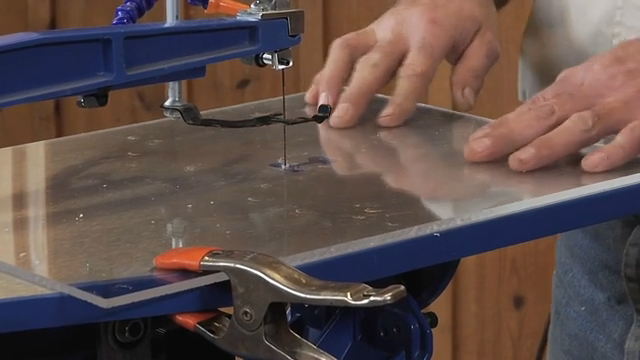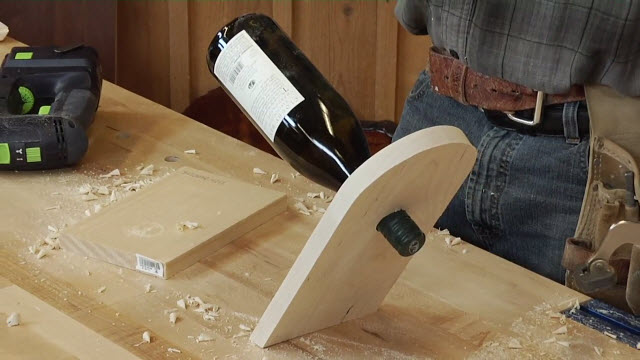
Camp Kitchen
George Vondriska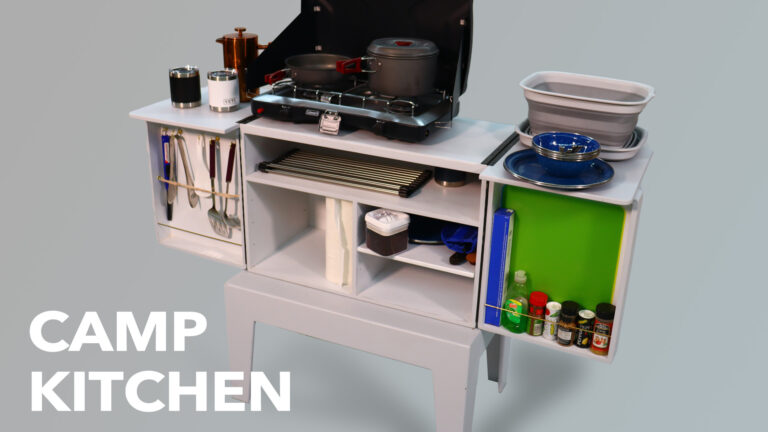
- In-depth Instruction; over 105 mins
- On-demand video access anytime
- Bonus downloadable PDF resources
- Access to class Q&A
- Available for purchase: $19.99













I was in Boy Scouts for many years as a kid, and a number of years as an adult leader when my son was in the troop. One of the things that always drove me nuts was the patrol boxes we used on long term camping trips. They were cumbersome, inefficient, hard to carry… Lots of issues. I decided to make new patrol boxes for our troop, which was the inception of this design. Instead of gear for eight or ten Scouts, I winnowed it down to gear for two to four people for this project. The base nests over the box when you’re transporting it, and all the gear you need to prep, cook, eat and clean up lives in the kitchen. Whether you call this a chuck box, camp kitchen or camping kitchen, my camp kitchen design provides a great way to take your kitchen on the road.
Working with the Design
There are a few ways you can approach this project. If you already own camping gear; stove, pots and pans, plates, wash basins; you can check the dimensions of your stuff against the dimensions of my kitchen and make sure they’ll play nice together. If you want to be 100% certain everything will fit, head for Sources. I’ve sourced my gear for you. If you get the same stuff I use, you know it’ll fit.
We’ve also provided the project’s SketchUp file for you. If necessary, you can open, manipulate, and edit the file, adapting it to your needs.
Have fun!
This is a fun project, and an opportunity to get your family involved with something everyone will use on camping trips. Enjoy the journey of building this camp kitchen as much as you enjoy your camping journeys.
George Vondriska
George Vondriska is the Editor in Chief here at Woodworkers Guild of America and has been sharing his woodworking expertise since 1986. Apart from conducting classes at his renowned Vondriska Woodworks School, George's passion for teaching has taken him to woodworking shows nationwide and has led him to teach woodworking for prestigious organizations such as Peace Corps/Swaziland, Andersen Window, Northwest Airlines, and the Pentagon. With a wealth of published magazine articles under his belt, encompassing tool reviews and shop improvement projects, George's knowledge and skills continue to inspire woodworkers every day. To discover more about him and his school, visit georgevondriska.com.

Bonus materials available after purchase
How do I know what the Class covers?
Do I have to be a Member of Woodworkers Guild of America to purchase a Class?
How do I purchase a Class?
How do I access/view my Class?
Do I have to take the Class right away?
Is there a limit on the times I can view my Class?
Can I view a Class on my tablet device or mobile phone?
How do I get access to the Bonus Materials for the Class?
How does the Class Q&A Resource benefit work?
Can I print out Class details?
What are PDF downloads?
Are there any system requirements to view the Class video content?
Why do you need my email?
Can I get a refund if I don’t like the Class?
How do I contact WWGOA Academy?
Purchase Class
Purchase class and add to your personal library with on-demand video access.
- Enjoy on-demand video access to this content anytime, anywhere for the one-time cost below.
- You won’t lose access, with or without an active current Membership

Camp Kitchen
with George Vondriska

